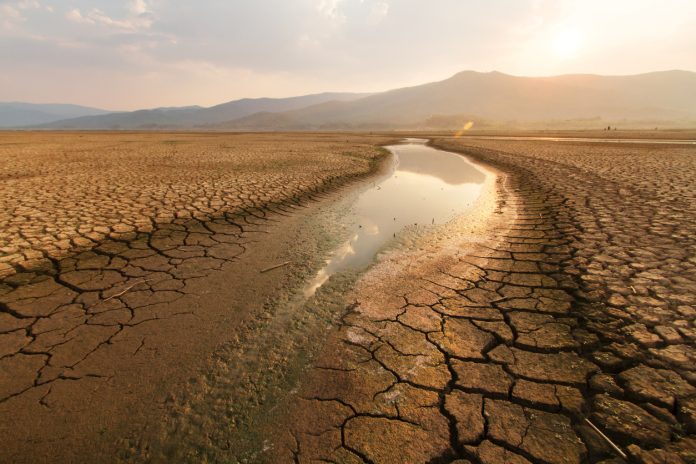Africa has faced one of its most prolonged and severe droughts in recent years, with large areas across the continent struggling with the devastating impacts of persistent dry weather
A recent report by the Copernicus Global Drought Observatory shows the scale and seriousness of the crisis, which has entered its third consecutive year in some regions.
The severe drought is affecting swathes of the continent, including northern, southern, and central-western Africa, as well as parts of northern Madagascar.
This environmental emergency is driven by a dangerous combination of below-average rainfall and rising temperatures, which have led to major disruptions in agriculture, water supply, and food security.
Agricultural sectors under strain
Agriculture, the backbone of many African economies, is taking a direct hit. Crop yields are significantly lower than average in several key agricultural regions, pushing many communities into food insecurity.
In Morocco and Algeria, dry conditions have severely damaged crops, with some areas reporting forecasted yields as much as 25% below average.
Although there was some relief in Algeria with rainfall in February, it has not been enough to offset the overall losses.
The Zambezi River basin and much of Madagascar are also severely affected. Satellite images show widespread vegetation stress across northern Africa, indicating that the land struggles to support plant life due to the lack of moisture. This is expected to reduce food production further and put pressure on already stretched resources.
Severe drought: Water resources at critical levels
Water scarcity is becoming a growing concern as well. Major river systems, including the Zambezi in central Africa, are experiencing reduced water flows due to ongoing rainfall shortages. This decline in river levels is having far-reaching effects on ecosystems, hydropower production, and the availability of clean drinking water.
Even with a slight uptick in rainfall in recent months, water levels remain dangerously low. Experts warn that several areas, including parts of central, northwest, and northeast Africa, will likely see continued river flow reductions in the months ahead. These regions may experience intensified impacts on livelihoods and local economies as water becomes scarcer.
East Africa faces a drier future.
The situation is especially critical in East Africa, where the long-awaited Belg rains, which normally fall between February and May, have arrived late and with less intensity than usual. This delayed start is disrupting the planting and growth of vital cereal crops like maize and wheat in countries such as Ethiopia, threatening an already fragile food supply.
Eastern and western Africa are expected to continue facing below-average rainfall, while temperatures across the continent remain higher than normal. Parts of northern Africa may experience slightly wetter conditions, although this will do little to offset the broader crisis.
Preparing for the future
With no immediate relief in sight, monitoring the drought and developing effective water management strategies are critical steps toward minimising the damage. Coordinated efforts will be essential to protect vulnerable communities, preserve remaining water resources, and support agricultural recovery.
Without a plan of action, the impact on food security, economic stability, and the environment will only worsen, making it one of the most urgent challenges facing the African continent today.











